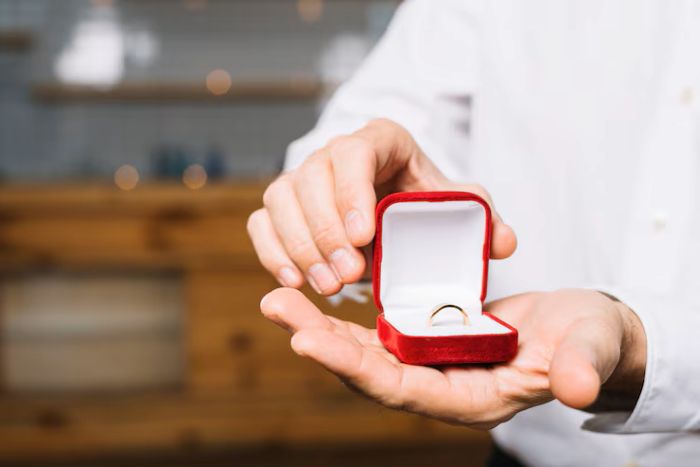The sparkle of an engagement ring is a powerful symbol, but the traditional diamond and precious metal combination comes with a significant price tag. For many, achieving that desired look without the hefty investment is appealing, whether due to budget constraints, ethical concerns, travel security, or simply personal preference. This has led to a booming market for stunning alternative rings often referred to as fake engagement rings. However, not all simulants are created equal. Finding high-quality fake engagement rings that genuinely mimic the appearance and feel of their genuine counterparts requires a discerning eye and knowledge of what makes a ring look “real.” This article delves into the secrets of spotting convincing alternatives and guides you on where to find the most realistic options available today. Understanding the materials and craftsmanship behind high-quality fake engagement rings is key to making a confident and beautiful choice.
What Gives a Ring the Illusion of Being “Real”?
Before we explore the best fake engagement rings, it’s crucial to understand what visual characteristics make a genuine diamond ring appear authentic and valuable. This understanding forms the basis for evaluating how well an alternative replicates these traits. The stone itself is, of course, paramount. A real diamond exhibits a unique combination of brilliance (white light reflection), fire (rainbow flashes), and scintillation (sparkle when moved). Its clarity (lack of internal flaws) and color (typically the absence of yellow or brown tints) also play significant roles. The cut is arguably the most critical factor, as a well-executed cut maximizes light performance, making even a smaller diamond appear lively and bright.
Beyond the stone, the ring’s setting and metal quality are equally important. A flimsy, lightweight band made of cheap metal or poorly plated base metal instantly signals a lower quality piece. Genuine precious metals like gold (especially 14k or 18k) and platinum have a specific weight, luster, and durability that are hard to perfectly replicate with inexpensive materials. The craftsmanship of the setting – how securely the stone is held, the symmetry of the prongs or bezel, the smoothness of the finish – contributes significantly to the overall impression of quality and authenticity. A poorly set stone or rough finish on the metal can quickly betray whether you are looking at high-quality fake engagement rings or a cheap imitation.
High-Quality Materials for Realistic Alternatives
Thankfully, advancements in material science and jewelry manufacturing have paved the way for incredibly convincing fake engagement rings. The most popular and realistic stone alternatives include Moissanite, high-quality Cubic Zirconia (often graded AAAA or AAAAA), and sometimes white sapphire. Moissanite is a naturally occurring mineral that is also synthesized in labs. It’s nearly as hard as diamond, incredibly durable, and exhibits a stunning fire, often more fire than a diamond, which can sometimes be a tell, particularly in larger stones. Its brilliance is also exceptional.
High-quality Cubic Zirconia, while softer than Moissanite or diamond and prone to scratching or clouding over time if not cared for, can look remarkably like a flawless diamond when new and clean. The key is choosing top grades (AAAAA) from reputable manufacturers. White Sapphire is a natural gemstone that can be cut to resemble a diamond, though it lacks the same level of brilliance and fire, offering a more subtle sparkle. For the metal, look for options like solid gold (10k, 14k, or 18k), which provides true durability and weight. If budget doesn’t allow for solid gold, thick vermeil (sterling silver plated with a substantial layer of gold) or rhodium-plated sterling silver (often stamped S925) are far superior to cheap brass or alloy platings that quickly wear off and can discolor the skin. The choice of these quality materials is fundamental to creating fake engagement rings that stand the test of visual scrutiny.


